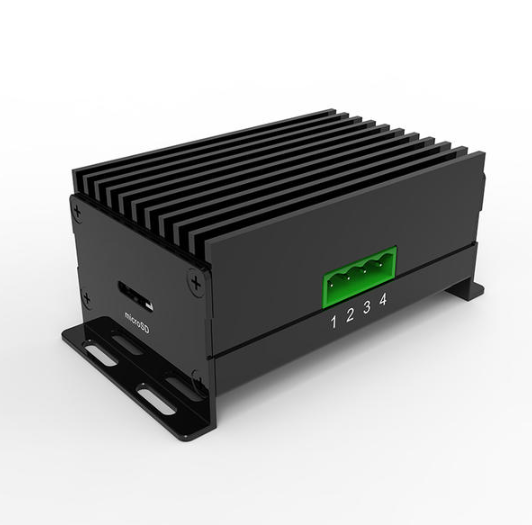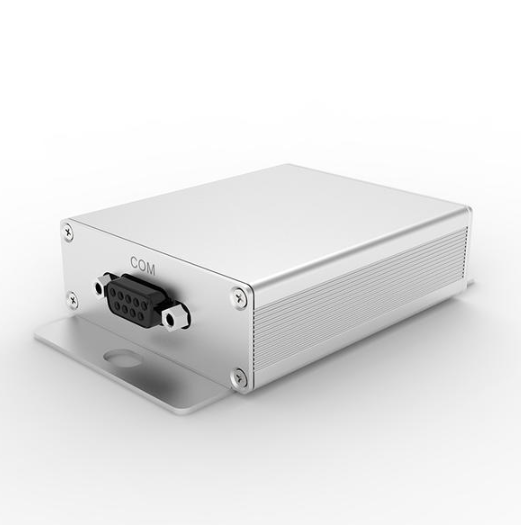Selecting the appropriate PCB enclosure box for your project is crucial. It safeguards your circuitry, ensures environmental protection, and maintains the integrity of your electronics. The process involves considering various factors to match the enclosure with your project's requirements.
What Are the Importance of PCB Enclosure Box?
PCB enclosure boxes play a crucial role in electronic devices and systems. The primary purpose of a PCB (Printed Circuit Board) enclosure box is to house and protect electronic components mounted on the PCB. These enclosure boxes serve several critical functions:
●Protection: They shield the delicate electronic components from physical damage, dust, moisture, and other environmental factors. This protection is crucial to prevent short circuits or malfunctions due to exposure to external elements.
●Safety: Enclosure boxes also contribute to the safety of the device by containing electromagnetic interference (EMI) and radio frequency interference (RFI). This shielding ensures that the device operates as intended without causing interference to other nearby electronic devices.
●Heat Management: Many enclosure boxes are designed with features to help manage heat generated by the electronic components during operation. This includes heat sinks, ventilation, or specific materials that aid in dissipating heat, preventing overheating and potential damage to the components.
●Protection: They shield the delicate electronic components from physical damage, dust, moisture, and other environmental factors. This protection is crucial to prevent short circuits or malfunctions due to exposure to external elements.
●Safety: Enclosure boxes also contribute to the safety of the device by containing electromagnetic interference (EMI) and radio frequency interference (RFI). This shielding ensures that the device operates as intended without causing interference to other nearby electronic devices.
●Heat Management: Many enclosure boxes are designed with features to help manage heat generated by the electronic components during operation. This includes heat sinks, ventilation, or specific materials that aid in dissipating heat, preventing overheating and potential damage to the components.
Factors When Choosing the PCB Enclosure Box for Your Project
In this section, the author would guide you how to select the PCB enclosure box step by step.
Understanding Your Project's Needs
Begin by comprehending the specific needs of your project. Consider the size and type of circuitry, the environmental conditions it will face, and any special features required. If your project involves sensitive electronics, EMI shielding might be necessary. If it operates outdoors, a weatherproof and durable enclosure is essential. Assessing these factors at the outset helps narrow down your options.
Size and Space Requirements
Determining the dimensions of the enclosure is vital. Consider the size of the PCB, components, and any additional elements needed inside. Ensure ample space for future expansions or modifications.
Material and Durability
Selecting the appropriate material is pivotal for durability and protection. Plastic, aluminum, or stainless steel are common options. Understand the environmental conditions the enclosure will face – factors like moisture, temperature, or chemical exposure – to choose a material that can withstand these challenges.
IP Rating
The Ingress Protection (IP) rating indicates the enclosure's resistance to dust and moisture. Evaluate the project's environment to determine the necessary IP rating. For instance, outdoor applications may require a higher IP rating for better protection against water and dust ingress.
Mounting Options
Consider how you plan to mount the enclosure – whether it's wall-mounted, DIN rail-mounted, or placed in a rack. Ensure compatibility with the chosen mounting method to guarantee stability and ease of installation.
Ventilation and Heat Dissipation
For electronics, heat dissipation is critical. Assess ventilation options like vents, fans, or heat sinks to prevent overheating. Ensure proper airflow while maintaining protection from external elements.
Cost and Quantity
Budget constraints are important. Consider the cost of the enclosure concerning its features and quality. Bulk ordering might reduce individual unit costs, but ensure it aligns with your project's needs without unnecessary surplus.
Supplier and Support
Choosing a reliable supplier is crucial. Evaluate their reputation, quality of products, lead times, and customer support. A trustworthy supplier ensures timely delivery, quality assurance, and potential assistance during and after the purchase.
Conclusion
Choosing the right PCB enclosure involves a comprehensive evaluation of your project's needs. From material selection to environmental considerations and customization options, each aspect influences the functionality and protection of your electronics. Prioritize compatibility, durability, and environmental resilience to ensure a secure and efficient enclosure for your project's success.





